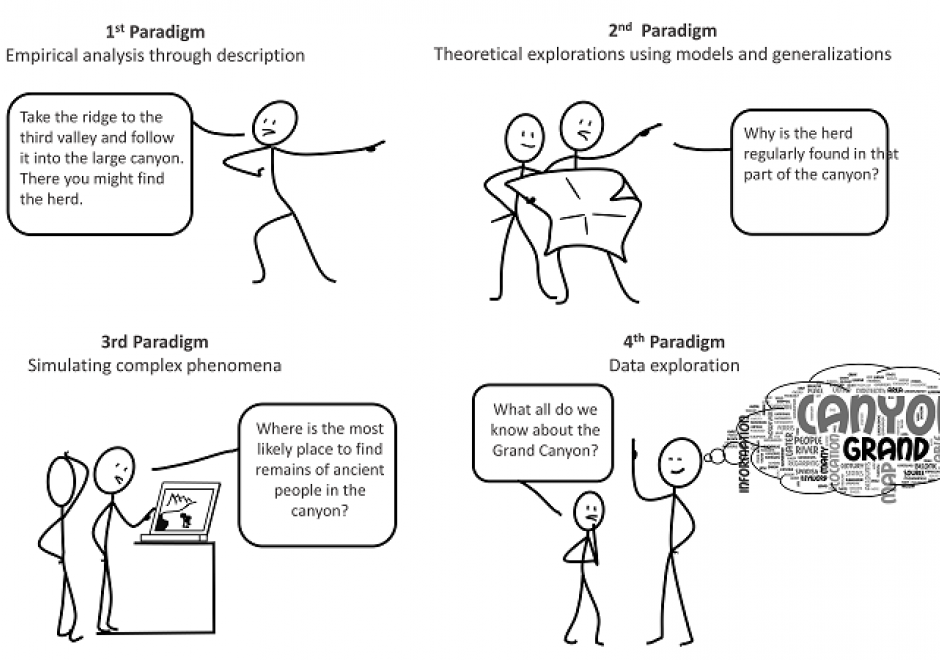AM-21 - The Evolution of Geospatial Reasoning, Analytics, and Modeling

The field of geospatial analytics and modeling has a long history coinciding with the physical and cultural evolution of humans. This history is analyzed relative to the four scientific paradigms: (1) empirical analysis through description, (2) theoretical explorations using models and generalizations, (3) simulating complex phenomena and (4) data exploration. Correlations among developments in general science and those of the geospatial sciences are explored. Trends identify areas ripe for growth and improvement in the fourth and current paradigm that has been spawned by the big data explosion, such as exposing the ‘black box’ of GeoAI training and generating big geospatial training datasets. Future research should focus on integrating both theory- and data-driven knowledge discovery.


FC-04 - Perception and Cognitive Processing of Geographic Phenomena: a Choropleth Map Case Study
The near ubiquity of maps has created a population the is well adept at reading and understanding maps. But, while maps are familiar, understanding how the human brain processes that information is less known. Discussing the processing of geographic phenomena could take different avenues: specific geospatial thinking skills, general perception and cognition processes, or even different parts of the human brain that are invoked when thinking geographically. This entry focuses on tracing the processing of geographic phenomena using a choropleth map case study, beginning from perception — the moment the phenomena enter the human brain via our senses, to cognition — how meaning and understanding are generated.